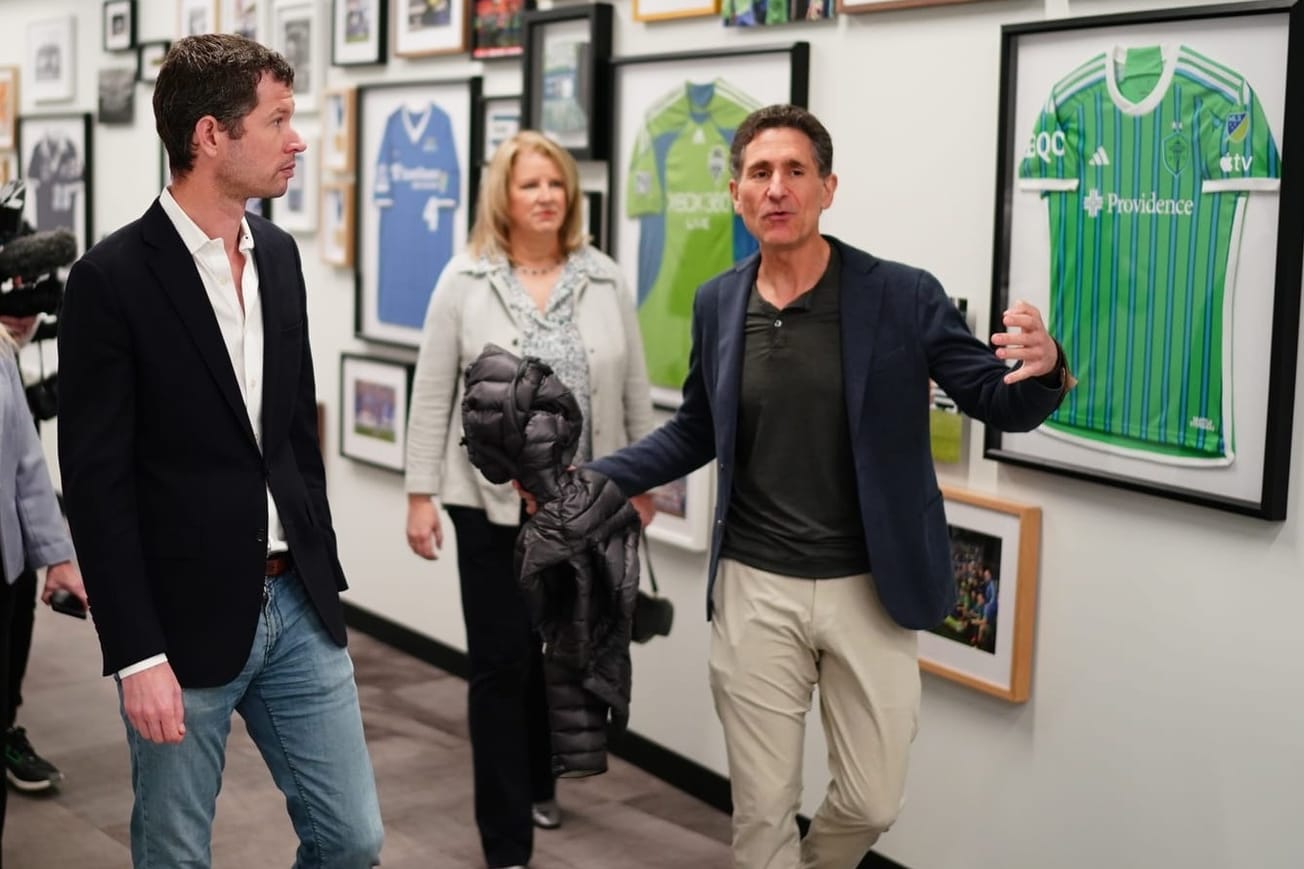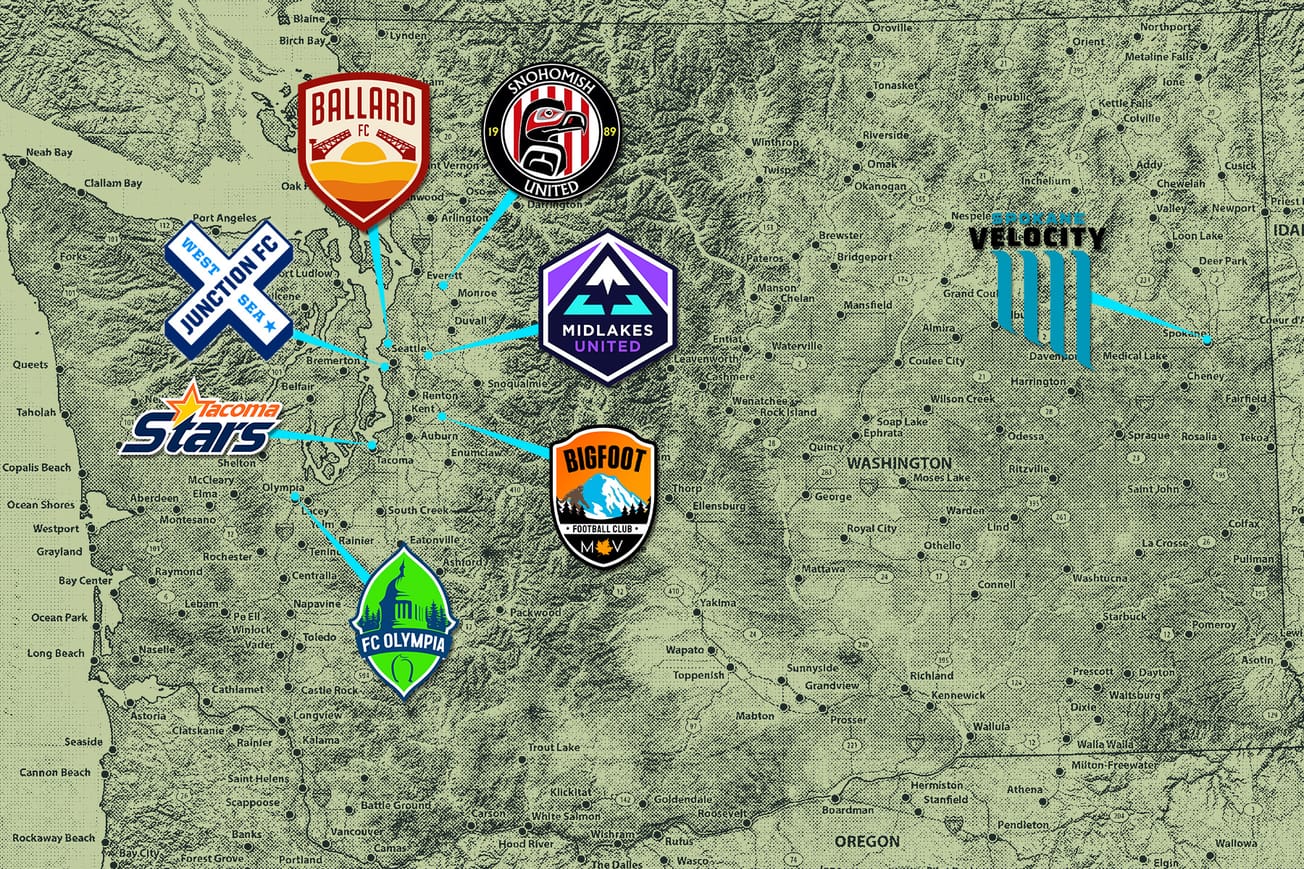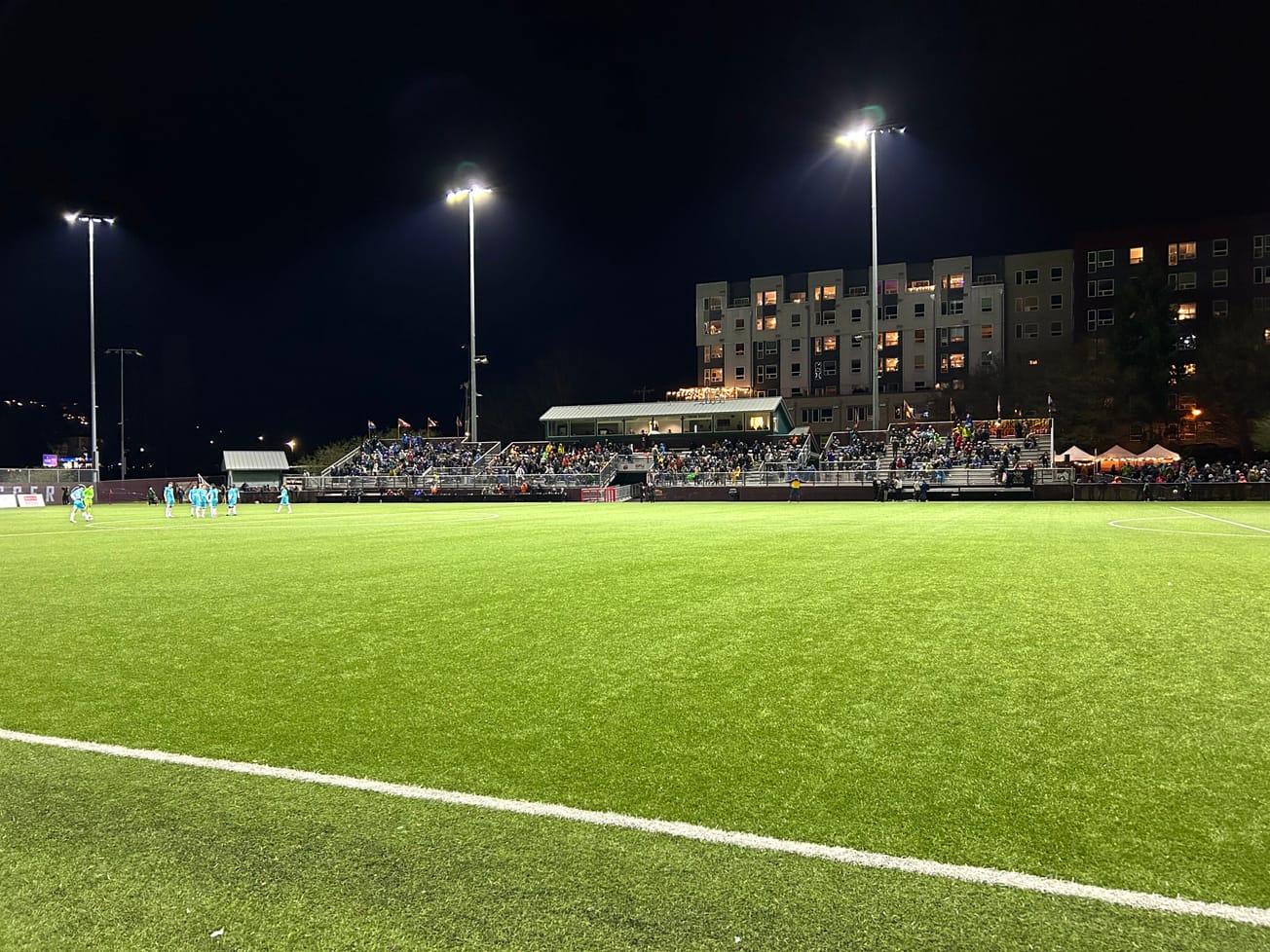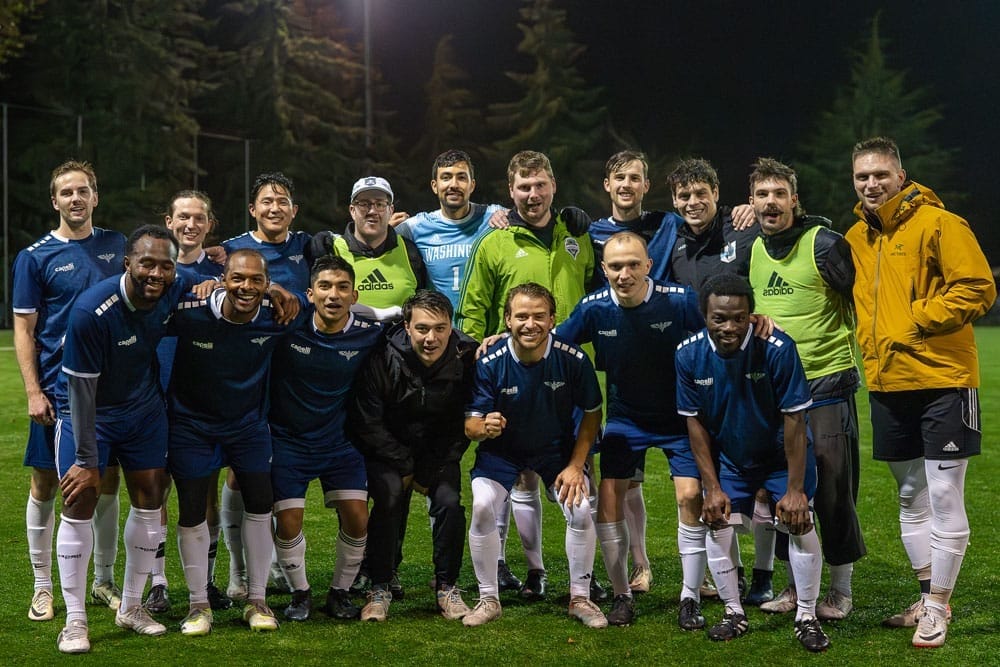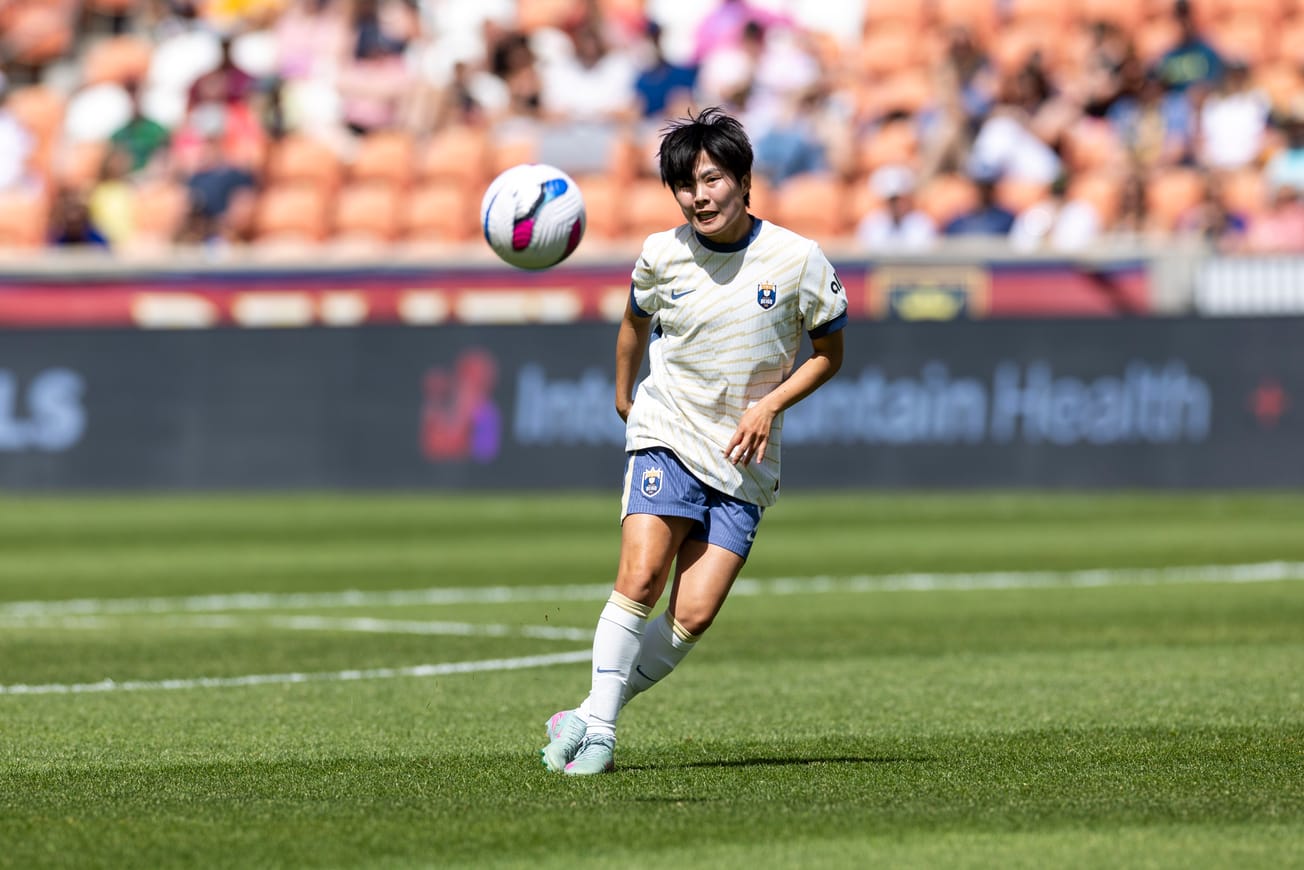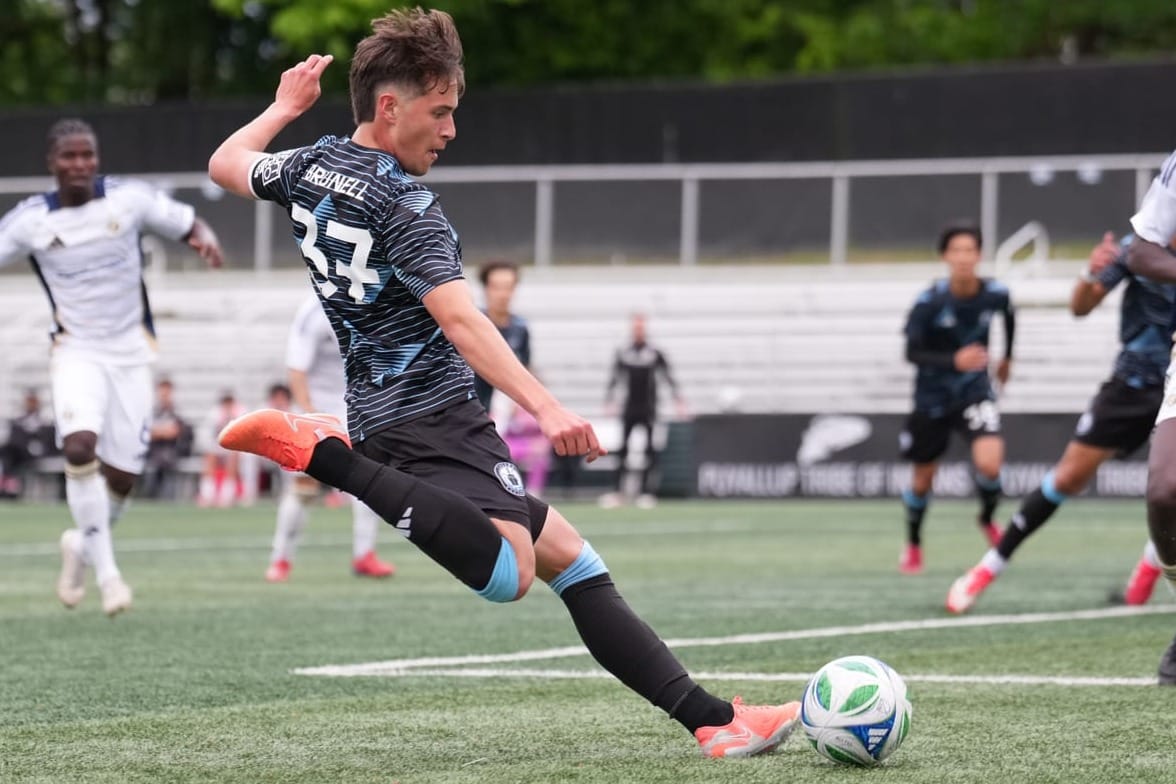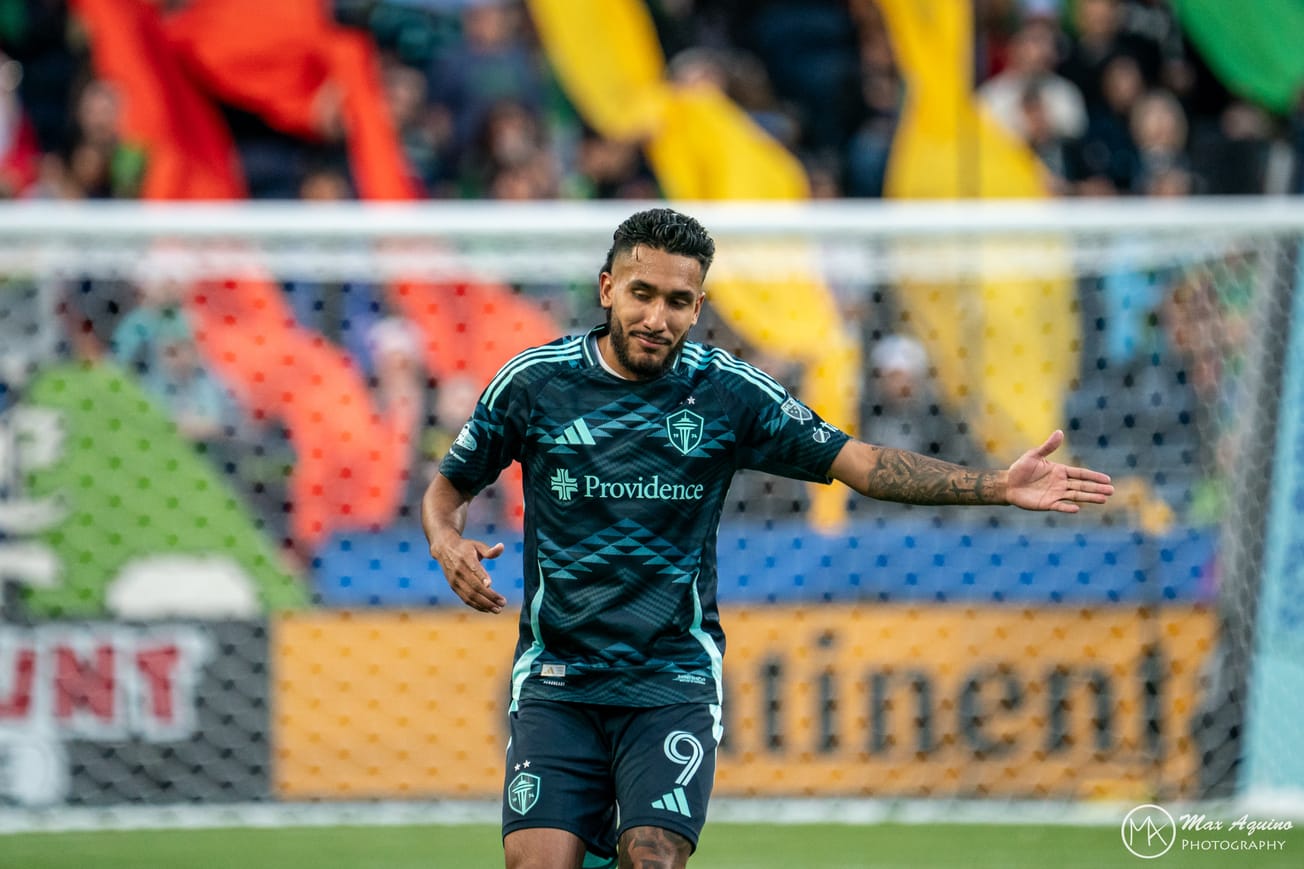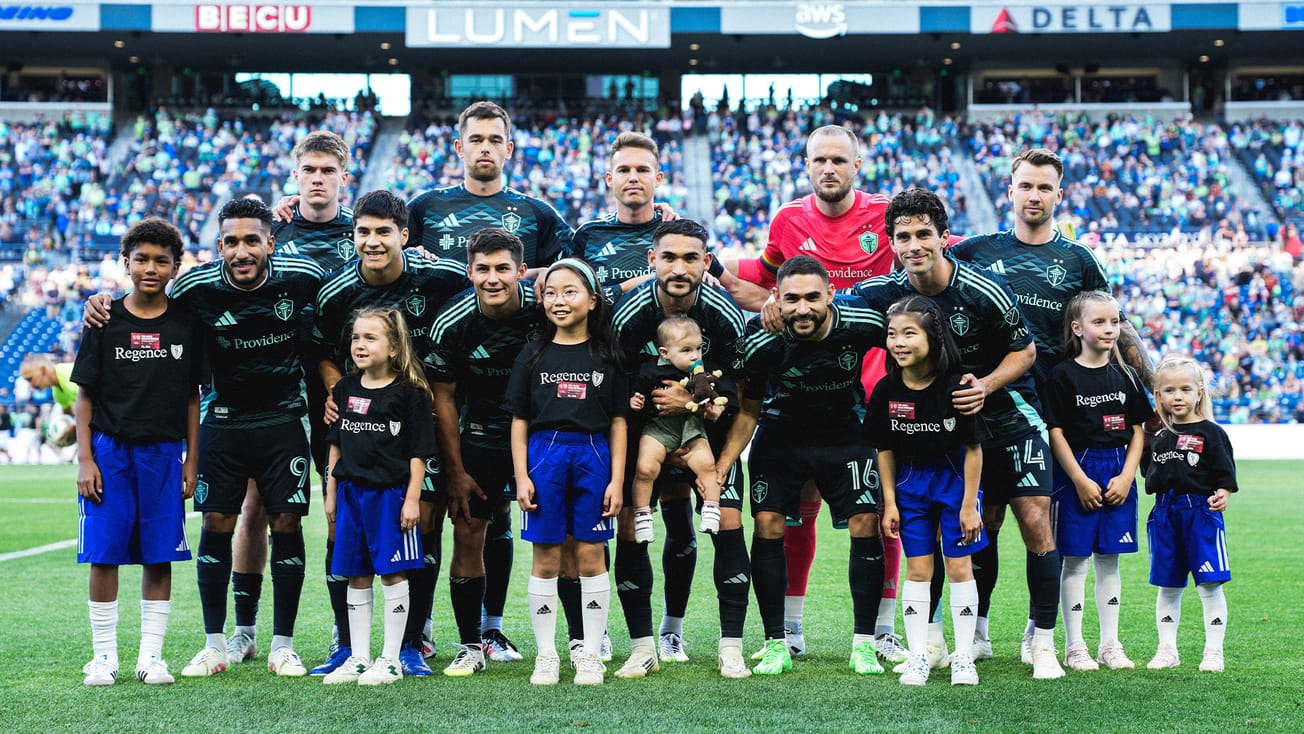RENTON – No one needs to explain the magic of the U.S. Open Cup to JT Batson; he’s got plenty of first-hand experience.
The CEO of U.S. Soccer has been attending lower-league American soccer matches since his days as a youth in Augusta, Ga. More recently, he was at the Ballard FC-Spokane Velocity match at Memorial Stadium as a guest of Open Cup legend Roger Levesque, a friend of his from their time together at Stanford.
Despite the match being played at a dilapidated stadium with barely functional bathrooms that is already scheduled for a nine-figure overhaul, Batson said he was blown away at the atmosphere of the match and the knowledge of fans.
Thank you @jtbatson for coming to our @opencup match last night! 🙌 pic.twitter.com/Nxuze963fo
— Ballard FC (@GoBallardFC) March 21, 2024
“It was awesome, it was so much fun,” Batson said during a media roundtable at Sounders FC Center at Longacres on Thursday. “It was a celebration of a lot of great things about American soccer. Young owner pushing the envelope wanting to do cool things. Local professional soccer is what makes American soccer great.”
The main legacy project of the 2026 World Cup will be making soccer the most accessible sport in the United States, and the Open Cup is a key element in helping make that a reality, Batson said.
“A big part of Open Cup is telling the stories of cool things going on with soccer all across the country, and a big part of that is making the games accessible,” he said. “MLS and USL along with us made it so every game was available online for fans. It’s been really cool to see the stadiums — or lack of stadiums — cool spaces and cool environments where people are investing in soccer all across the country. I think soccer only works in the U.S. if the entire ecosystem is healthy. I think MLS owners embrace that and know that.”
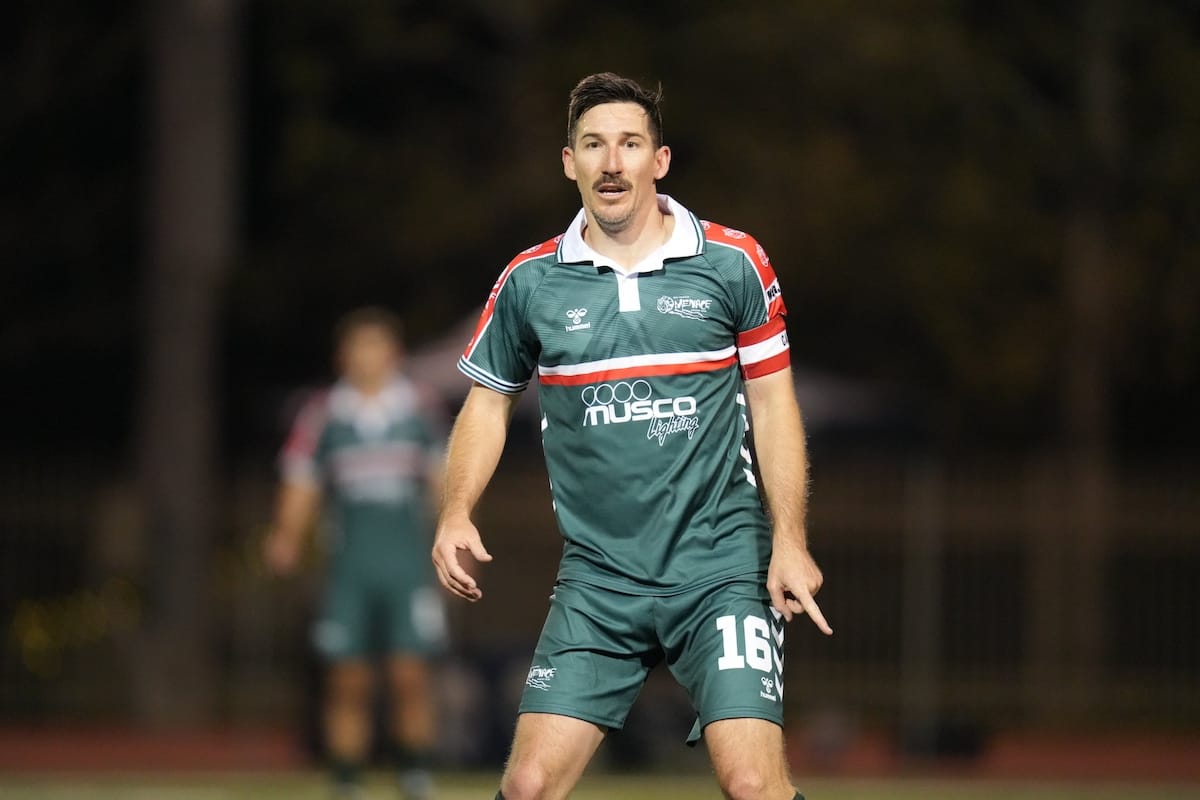
That last line was in response to the perception that MLS is looking to shirk its responsibility to participate in the tournament. Specifically, MLS attempted to unilaterally send MLS Next Pro teams in place of their first teams to the 2024 tournament. U.S. Soccer rejected that proposal, kicking off several months of negotiations before the two sides agreed on the current format, which sees eight MLS teams participating in the tournament along with 11 MLS Next Pro teams.
Rather than expressing any frustrations over that process, Batson seemed to signal that a serious discussion about the tournament’s format, funding and structure was long overdue.
“The reality of the Open Cup was it wasn’t something that anyone had looked at strategically for a very long time,” he said. “We needed to do that.
“There are a lot of things around wanting to make Open Cup what it was and I think that’s the wrong framing. Soccer has changed a lot for good. How do we use this as an opportunity for taking soccer where it should be going? How do we tell these stories and bring people together? How do we use this to highlight cool new facilities; young coaches who are getting their first crack; and innovative ownership models and community models? There are great stories in American soccer and we can use the U.S. Open Cup to do that. MLS, USL, the key stakeholders are committed to doing that.”
Aside from dramatically improving the travel stipend, reworking the revenue-sharing calculation and investing more money in the prize pool, perhaps the most obvious change to the format is in how matchups are determined. In the recently concluded first-round, for instance, every match featured one amateur team and one professional team. When USL Championship teams enter in the third round, they’ll be matched up with lower-division opponents, as will the eight MLS teams who enter in the Round of 32.
“That’s what everyone asked for,” Batson said. “How cool was that? People really came together. I’m confident folks want to get the Open Cup right and want to get this right more broadly.”
At least publicly, Batson doesn’t seem interested in picking any fights or playing hardball with MLS in an attempt to get fuller participation. He also wasn’t quite ready to predict anything about the future of the Open Cup or how MLS might remain involved going forward, but he seemed genuinely pleased with the solution for 2024.
“A whole bunch of folks have to come to the table to make a tournament like this happen,” he said. “Luckily, everyone came together. Everyone has been really great to collaborate with. We collectively had some work to do because we had ignored this, frankly, for too long. This was an opportunity to look at it fresh and get it moving forward, which we’re committed to doing.”
Other highlights
- This was the first time that anyone could remember that the active CEO of U.S. Soccer had visited Seattle in any official capacity. Batson was here primarily to tour the new training facility with the hope of picking up some best practices as U.S. Soccer prepares to build their own facility in suburban Atlanta. Although the USMNT likely won’t use Longacres as their training home for the 2026 World Cup, it could be in consideration for the USWNT if the U.S. wins its joint bid with Mexico for the 2027 Women’s World Cup.
- The USMNT will play its second group stage game at Lumen Field, where Batson said players are expecting a “rowdy” and pro-USA crowd. “They are counting on a home-team environment here and one that we’ll be counting on for success in 2026 and setting the standard for what soccer can look like in this country.”
- Seattle is a shining example in improving soccer’s accessibility, Batson noted, as the Rave Foundation is already well on its way to completing and likely exceeding its goal of building 26 mini-pitches around the state before the tournament begins.
- Batson indicated that, with the rise of the USL’s Super League, a Women’s U.S. Open Cup could become a reality.
- Asked how Seattle could attract more U.S Soccer matches, Batson was blunt: “Really simple – grass.”


